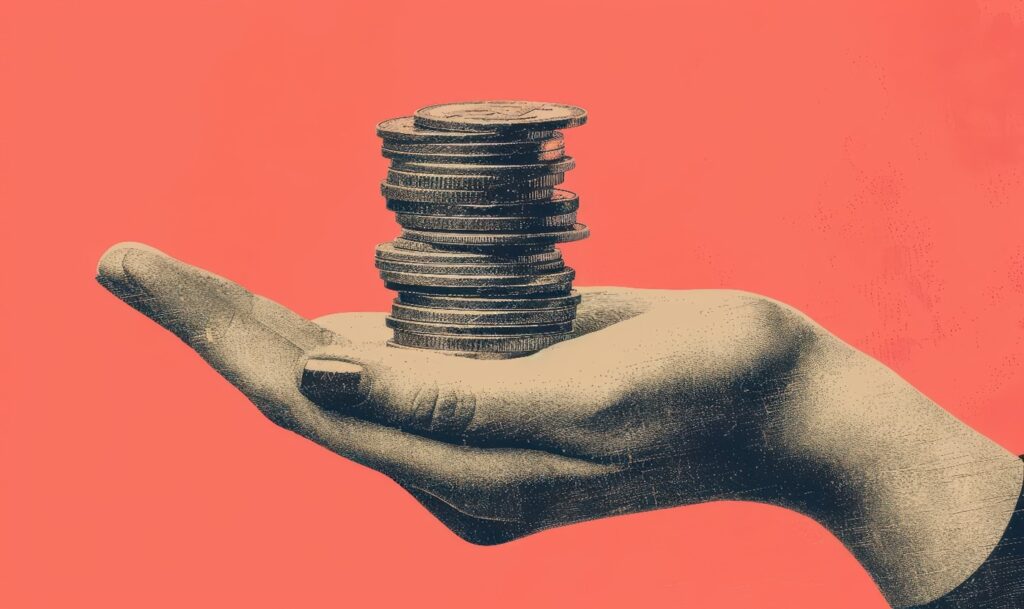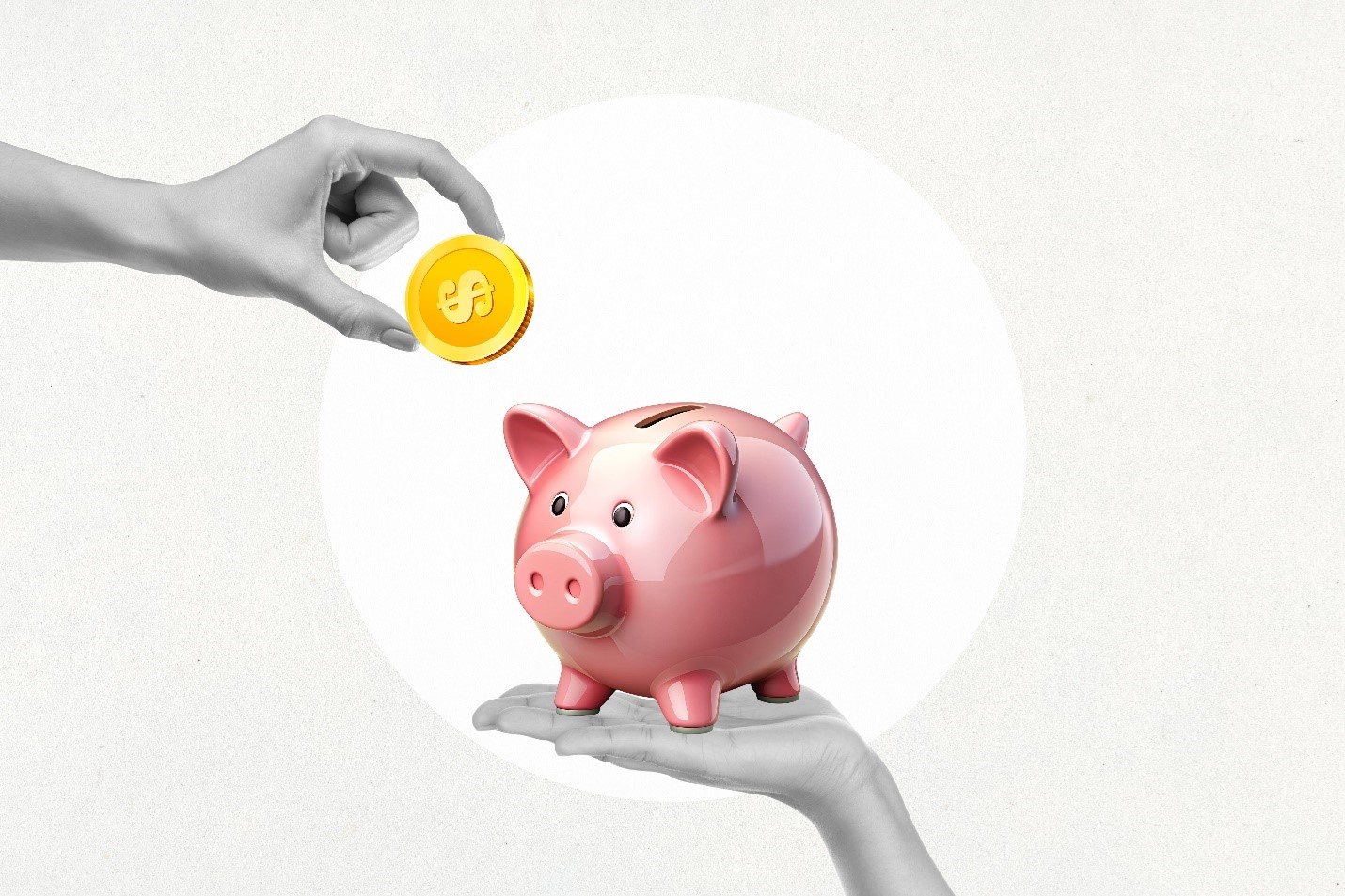The world of fine art investment is often associated with classical oil paintings, contemporary sculpture, or modernist prints, but one category that has consistently fascinated collectors while offering cultural and historical richness is Japanese woodblock prints, or Ukiyo-e. Originating in the Edo period (1603–1868), Ukiyo-e was initially a form of mass-produced artwork, yet its artistic significance and enduring appeal have secured its status as a sought-after collectible. Midway through this discussion, Richard R Wilk, a collector himself, highlights the enduring appeal of Ukiyo-e as a compelling investment choice.
While some high-end prints by renowned artists have seen notable appreciation, the broader market tells a different story. Over the long run, most Ukiyo-e prints have not experienced marked increases in value. In fact, due to the vast number of prints available online and the effects of inflation, prices have actually declined on average.
However, this also means that for new collectors, there are ample opportunities to acquire beautiful, historically significant prints at accessible price points, with some high-quality works available for under $200 and even first-printing Hiroshige landscapes in good condition selling for under $1,000.
Historical Appreciation and Market Evolution
Ukiyo-e has undergone a fascinating transformation from everyday entertainment for Edo-period citizens to revered museum-worthy art. The earliest woodblock prints were relatively inexpensive, serving as a medium for popular culture, depicting courtesans, kabuki actors, and landscapes. Over time, collectors, scholars, and art historians have reassessed their significance, elevating these works from commercial products to valuable cultural artifacts.
The 19th-century Japonisme movement in Europe played a critical role in increasing their global stature, with artists such as Vincent van Gogh and Claude Monet drawing direct inspiration from Ukiyo-e’s compositional techniques and bold color schemes. As Western collectors began acquiring these prints, demand surged, creating a new market for both original impressions and later reproductions. While collectors initially focused on the works of Hokusai, Hiroshige, and Utamaro, today’s market extends to lesser-known but equally influential figures such as Kuniyoshi and Yoshitoshi.
Despite the enduring appreciation for Ukiyo-e, the reality is that broad-based price appreciation has been limited. The flood of prints available on online markets has kept prices stable or even declining in real terms, with only the best prints in top condition commanding strong auction results. This presents both a challenge and an opportunity for collectors: while investment potential may be concentrated at the high end, the availability of affordable yet historically significant prints makes Ukiyo-e an excellent entry point for new collectors.
The Role of Condition, Rarity, and Authenticity
One of the primary determinants of Ukiyo-e’s investment value is condition. Due to their delicate nature, many prints have suffered from fading, wormholes, or poor handling over centuries. Collectors prioritize well-preserved pieces with vibrant colors and minimal deterioration, making condition an essential factor in determining market price. The use of organic pigments in traditional Ukiyo-e prints means that exposure to light over time leads to fading, and as a result, pristine impressions with unaltered hues are exceedingly rare.
Rarity also significantly influences investment potential. First-state prints—meaning those produced from the initial carving of the woodblock before degradation occurred—are particularly prized. Limited print runs, unusual subject matter, or works from artists with fewer surviving examples further enhance desirability. Authentication is another critical component in valuation. Since Ukiyo-e was mass-produced, later reprints and facsimiles abound, making it imperative for collectors to consult experts or seek provenance documentation to ensure authenticity. Major institutions such as the British Museum and the Tokyo National Museum serve as reference points for identifying legitimate Ukiyo-e works.
Market Trends and Investment Potential

The market for Ukiyo-e has demonstrated resilience even in periods of economic fluctuation. However, unlike contemporary art, which is often subject to shifting trends, the Ukiyo-e market has remained relatively stable, with the primary investment potential concentrated in top-tier pieces. Auction houses such as Christie’s and Sotheby’s regularly feature Ukiyo-e in their Asian art sales, with the best-quality prints achieving strong results. For instance, a first-state impression of Hokusai’s The Great Wave off Kanagawa sold for over $2.8 million at Christie’s, demonstrating the upper-end investment potential for rare prints.
That said, the overall market has not seen uniform price increases. Many prints, especially those in lower condition grades or by lesser-known artists, have seen stagnant or declining values. This dynamic creates opportunities for new collectors to enter the market without significant financial commitment. In particular, works by artists such as Hiroshige, Kunisada, and Eisen remain relatively affordable, and reputable online dealers like Fujiarts and Artelino offer a wide selection of authenticated prints at accessible prices.
Cultural and Aesthetic Value as an Investment Driver
Beyond financial considerations, Ukiyo-e offers an intrinsic cultural and aesthetic value that sets it apart from other collectible art forms. The ability to acquire a work of art that encapsulates Japanese history, mythology, and daily life adds an intellectual dimension to investment. Collectors often cite the meditative quality of Ukiyo-e landscapes, the dramatic storytelling of warrior prints, and the delicate beauty of bijin-ga portraits as aspects that make ownership deeply fulfilling. Unlike other art forms that require vast gallery spaces, Ukiyo-e prints are accessible in size, allowing collectors to curate extensive portfolios without the logistical challenges associated with large-scale paintings or sculptures.
Additionally, Ukiyo-e prints serve as historical documents, providing insight into Edo-period society, urbanization, and artistic techniques. The layering of ink, the intricacy of hand-carved woodblocks, and the collaborative process between artists, carvers, and printers reflect a craftsmanship tradition that continues to inspire contemporary artists and printmakers.
Navigating the Ukiyo-e Investment Landscape
As with any form of art investment, successful navigation of the Ukiyo-e market requires research, expertise, and a strategic approach. New collectors should familiarize themselves with key artists, printing techniques, and signature elements that distinguish valuable prints from lesser-quality reproductions. Consulting reputable dealers and auction houses is essential to ensuring authenticity and securing fair market prices.
Museums and academic institutions also provide valuable resources for studying Ukiyo-e, with many offering digitized archives for comparative analysis. Long-term investors should consider market trends, paying attention to the increasing popularity of specific artists and the shifting dynamics of Asian art markets. While traditional favorites such as Hokusai and Hiroshige remain blue-chip investments, emerging interest in later-period woodblock artists suggests new areas for growth.
Additionally, considering the preservation needs of Ukiyo-e is crucial, as proper framing, climate control, and minimal exposure to light can significantly impact a print’s longevity and value.
Final Thoughts
Investing in Ukiyo-e presents a unique opportunity to blend financial acumen with a passion for history and art. While the top of the market continues to see appreciation, the broader landscape offers more measured returns, with inflation-adjusted prices remaining stable or declining in many cases. However, this dynamic creates opportunities for collectors at all levels, with quality prints available at relatively low entry prices.
With an appreciation for condition, authenticity, and historical context, collectors can build a portfolio that not only offers financial returns but also enriches their engagement with one of Japan’s most celebrated artistic traditions. The Ukiyo-e market remains a testament to the enduring legacy of Japanese woodblock printing, proving that art created centuries ago can still captivate and offer rewarding collecting experiences in today’s global economy.
Sources
- Crow, Kelly. “Iconic ‘Great Wave’ Print Sells for $2.8 Million at Christie’s.” The Wall Street Journal, 21 Mar. 2023. (wsj.com)
- “Katsushika Hokusai | Woodblock Prints for Sale, Auction Results and History.” Christie’s. (christies.com)
- “The Great Wave Makes a Splash in New York with Record Sales.” The Art of Zen, 22 Sep. 2024. (theartofzen.org)
